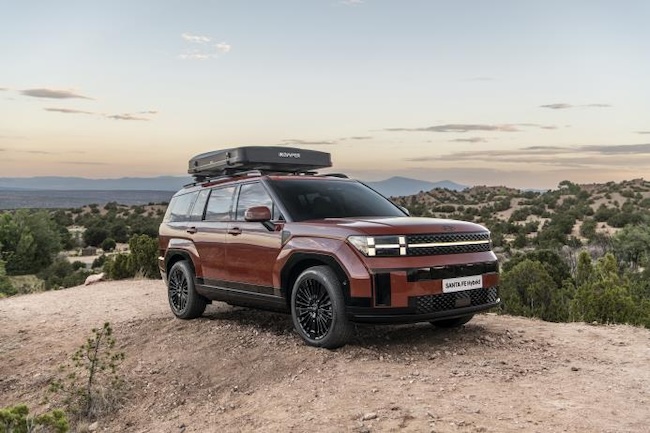SEOUL, Aug. 20 (Korea Bizwire) – Hybrid vehicles have demonstrated the lowest incidence of fires compared to vehicles of other fuel types over the past five years, according to recent data from the National Fire Agency of South Korea.
The agency’s report on “Vehicle Fires by Fuel Type” shows that hybrid vehicles were involved in just 131 fire incidents from 2019 to 2023, significantly fewer than other fuel types.
Diesel vehicles led with 6,777 incidents, followed by gasoline vehicles with 3,885, while electric vehicles (EVs) recorded 157 fires.
Despite a substantial increase in the number of registered hybrid vehicles — from 506,000 in 2019 to over 1.54 million in 2023 — the annual fire incidents remained relatively stable, rising only slightly from 23 in 2019 to 31 in 2023.
In contrast, EVs, which saw registrations surge from 90,000 to 544,000 over the same period, experienced a proportional increase in fire incidents, from 7 in 2019 to 72 in 2023.
Diesel vehicles, interestingly, showed an uptick in fire incidents despite a decrease in registrations, possibly due to the aging of the fleet. Gasoline vehicle fires remained relatively constant, with 745 incidents in 2023 out of 12.3 million registered vehicles.
When calculated as a percentage of registered vehicles, hybrid cars showed the lowest fire incidence rate at 0.002%, compared to 0.013% for EVs, and 0.006% and 0.015% for gasoline and diesel vehicles, respectively.
The data also revealed that across all fuel types, most vehicle fires occurred on regular roads, followed by highways for diesel vehicles and parking lots for other types. Notably, EVs had a disproportionately high rate of fires in parking lots, accounting for 36% of their total incidents.
Professor Kim Pil-soo of Daelim University’s Future Automotive Engineering Department attributes the lower fire risk in hybrid vehicles to their parallel use of internal combustion engines and electric batteries.
“Hybrids alternate between power sources, preventing overload on either system,” he explained.
Kim contrasted this with the higher fire risk in EVs, which he says often involves fully charging batteries, potentially overloading battery cells. “Hybrid batteries have smaller capacities and charge only as needed using the engine, reducing stress on battery cells,” he added.
The professor also noted that hybrid technology, now 28 years old, has achieved a high level of technical maturity and safety.
Kevin Lee (kevinlee@koreabizwire.com)







